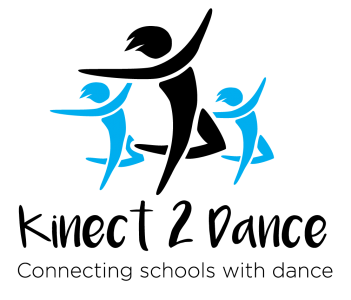
12 Oct MOTOR. SKILLS. IN. DANCE
Dance like nobody is watching - Mark Twain
Dancing is a great way to stay active and get moving. It’s super fun and engaging way to get your daily fitness in. Dance is scientifically proven to have a long list of health benefits, from improving the condition of your heart and lungs to improved balance and spatial awareness. It also helps students refine physical and motor skills. Motor skills are physical skills that require specific movements from certain muscles to complete tasks. Fine motor skills are smaller movements that require more control and focus, such as using a spoon to eat soup. You also have gross motor skills, which need considerable muscle use to aid with components such as balance and coordination. Dance can help improve and develop these motor skills through repetition, learning new movements, and coordination of different senses.
When learning a dance, you constantly go over movements repeatedly. This repetition of movement helps you understand the dance and slowly build it towards muscle memory. It also enables you to refine the dance move and get better and better at it the more you practice. Doing this helps the movement become more ‘natural’ and comfortable. This is the same with motor skills. The more you do it, the easier it gets.
Dance can unlock a whole heap of different benefits. One of them is introducing students to a new movement. When we dance, we move our bodies in all sorts of ways. Sometimes actions emulate those we use in everyday life, such as walking or jumping, and some are more specific to dance, such as turning and posing. These are movements that students may not have learned before. Thus, dance is an introduction to a new exercise vocabulary for people. This movement can continue to be used in everyday life or refine/add to moves we already use and make them easier/stronger.
Dance also aids us and improves our coordination skills. One can achieve this by moving both your arms at the same time and speed, tapping your foot to the tempo of a song, or coordinating different senses. We blend these senses to help understand the movement. Improving the coordination of sense helps improve our motor skills outside of dance as well. For example, when learning dance from a teacher, you are most likely watching them and listening to them simultaneously. You could get better at clicking in time with music (sound and touch), being a more active listener (listening and watching simultaneously), or even as simple as walking and talking simultaneously.
These are just minor examples of dance’s positive effects and improvement in helping develop and aid motor skills.
Book your school incursion today!


Sorry, the comment form is closed at this time.